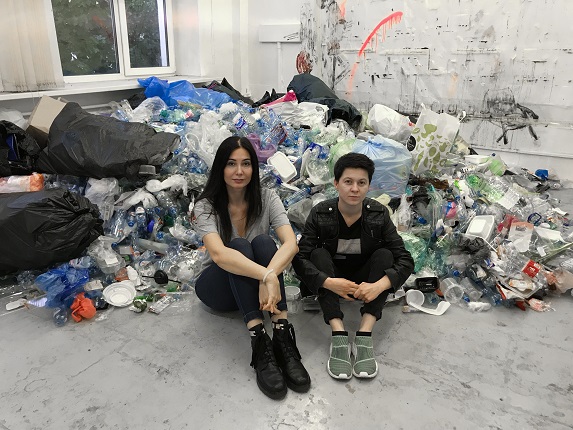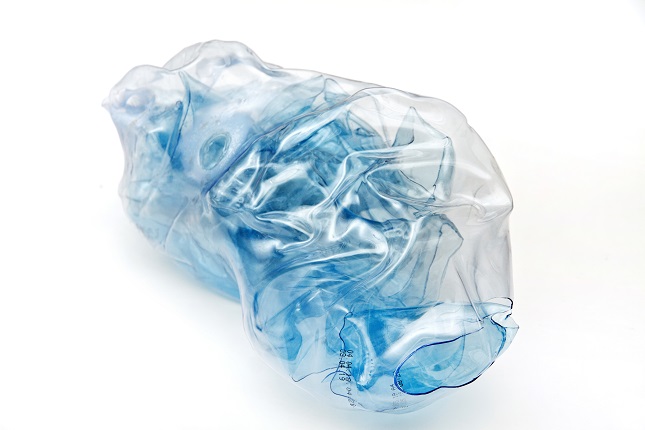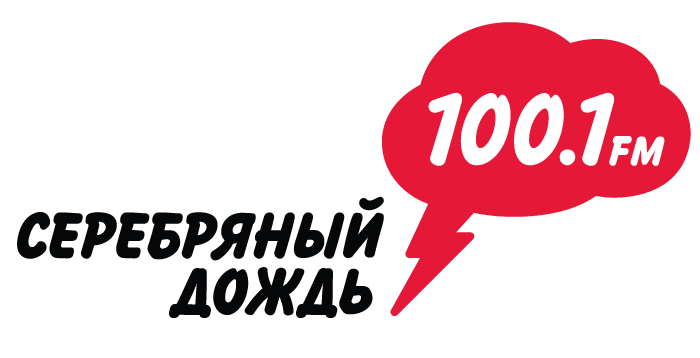Where is my plastic bag?
Moscow, 13.02.2019—10.03.2019
exhibition is over
Central exhibition hall Manege
1, Manege Square (
www.moscowmanege.ru
Share with friends
For the press
MOSCOW CITY DEPARTMENT OF CULTURE
MULTIMEDIA ART MUSEUM, MOSCOW
PRESENT THE EXHIBITION
LILIA LI-MI-YAN AND KATHERINA SADOVSKY
WHERE IS MY PLASTIC BAG?
13 February 2019 — 10 March 2019
With the support of: Volvo Cars Russia
As part of the XI Moscow International Biennale ‘Fashion and Style in Photography-2019’, the Multimedia Art Museum, Moscow presents ‘Where Is My Plastic Bag?’, an art-science project by Rodchenko School graduates Lilia Li-Mi-Yan and Katherina Sadovsky.
What ideas come to mind when you hear the word ‘future’? When you imagine your very own and private future or fantasize about something global, where all humanity will participate? Today we have already crossed the line of ‘consumer society’ and become the creators of huge mountains of waste and consumers of an incredible amount of energy. The project ‘Where is my plastic bag?’ is the artists’ study of plastic waste and the understanding of personal responsibility in the context of a common future.
Li-Mi-Yan and Sadovsky identified three main parts of their project. The first, activist part, includes the collection of plastic waste in the museums and art institutions of Moscow, where recycle containers labelled ‘Plastic for art’ were installed. Everyone who threw a plastic bottle into the recycle bin became a participant in the project. It was important not only to collect garbage, but also to attract people to a new, still unusual action. After all, we consider the history of humanity not as a summary of isolated regions where everyone acts only for himself, but as living, developing networks that constantly influence each other.
Two other parts of the project are recycling the collected plastic to create sculptures, and research in collaboration with scientists and experts in the field of polymers. For artists it is important to consider plastic not as a problem, but as a resource that becomes new material for production after being processed.
Plastic waste directly affects the planet’s ecosystem and climate warming. As a result, humanity will have to start implementing new programs, which will be the exact opposite of today’s norms. After all, life today determines our future, which is unknown. Plastic has already got into our body. Many people carry implants of high quality plastic. The biological nature of man fuses with technology. A large percentage of living organisms are dying out, but this does not preclude the development of new organisms. Cells that can begin to develop under a layer of plastic will also be able to eat this plastic. Or you and me. It is strange to assume that humanity is the end point in evolution.
The question remains — what innovations will save the environment and launch us into the next era? After all, it took billions of years and several energy eras to create people that breathe oxygen, devour flesh and possess the fire, electricity, technology, oil and plastic that we can learn to transform into a resource.
Our exhibition partner Volvo Cars makes every effort to minimize environmental impact and contributes to solving global environmental problems. The company not only supports the UN’s Clean Seas initiative to clean the seas of plastic waste, but also intends to use up to 25% of recycled plastic in the production of new cars from 2025 onwards. Volvo Cars is helping to reduce plastic pollution, even with regard to their own office space. By 2019 the company intends to completely abandon the use of disposable plastic in all offices and cafeterias, as well as at all their events, no matter where in the world they take place.









